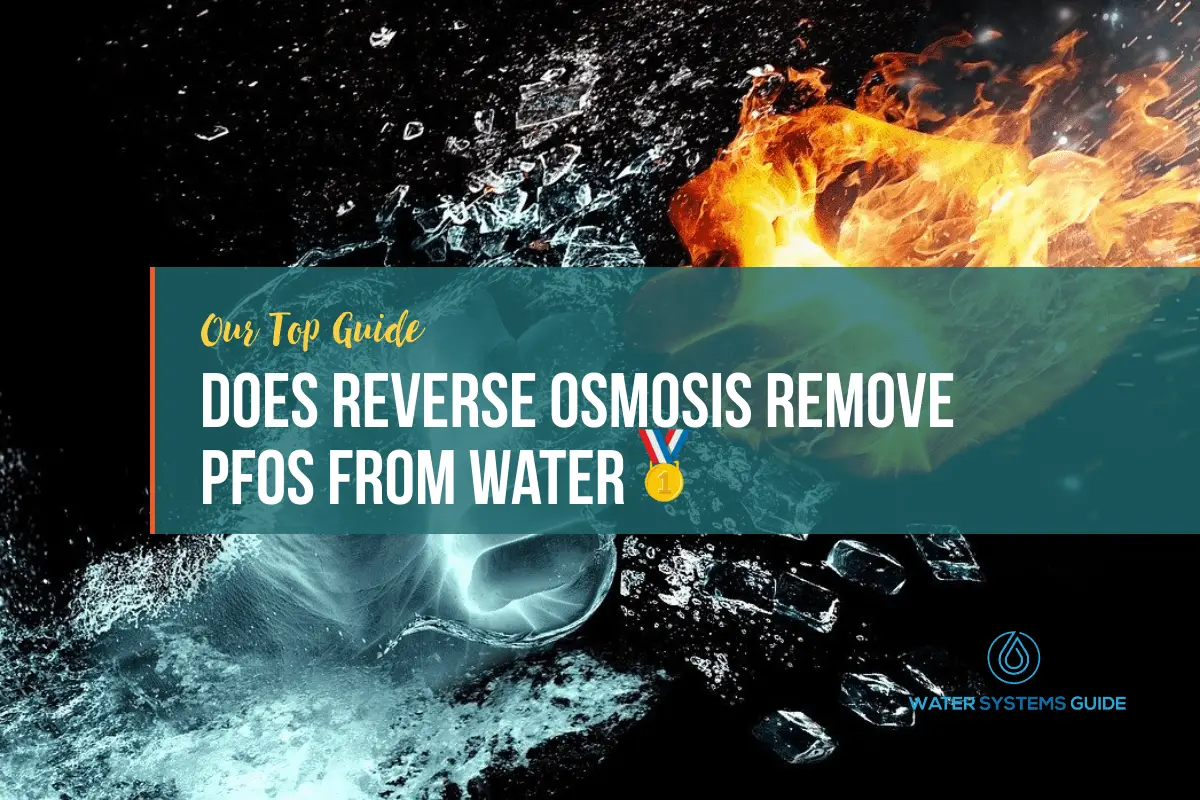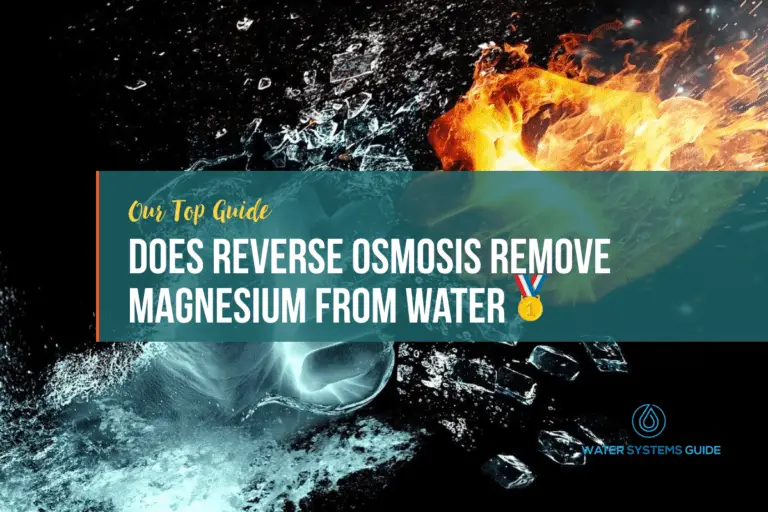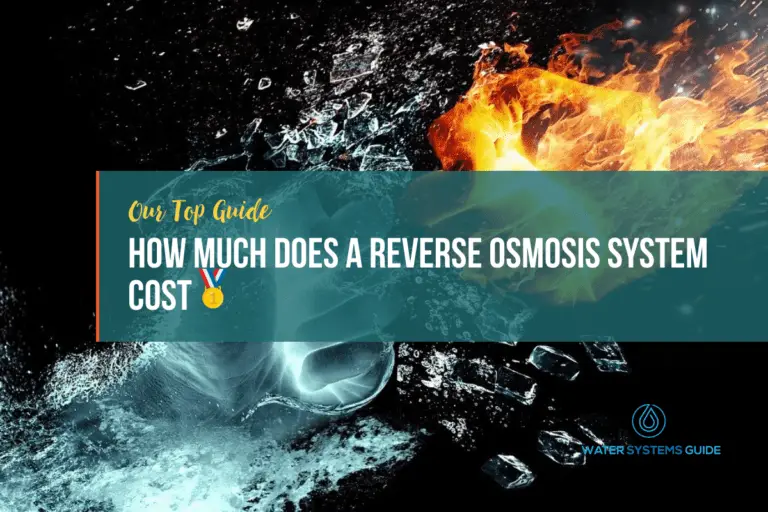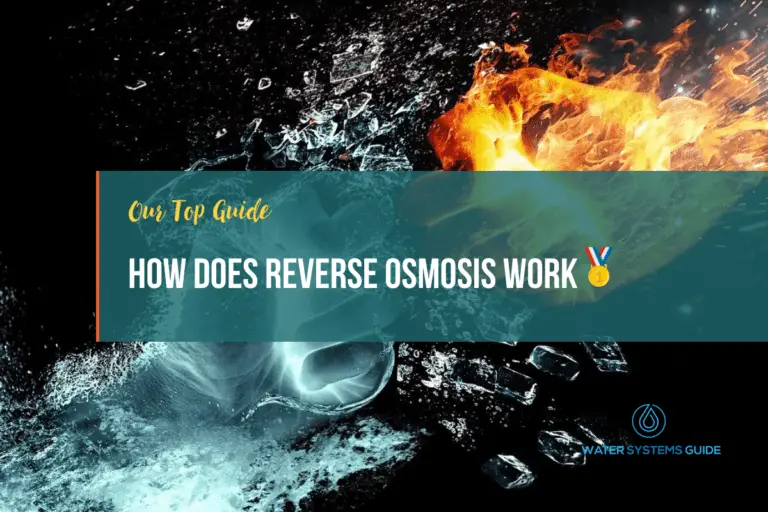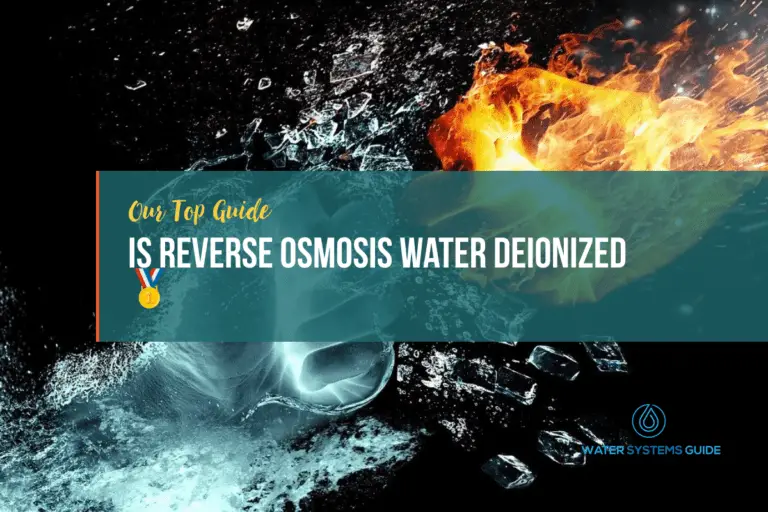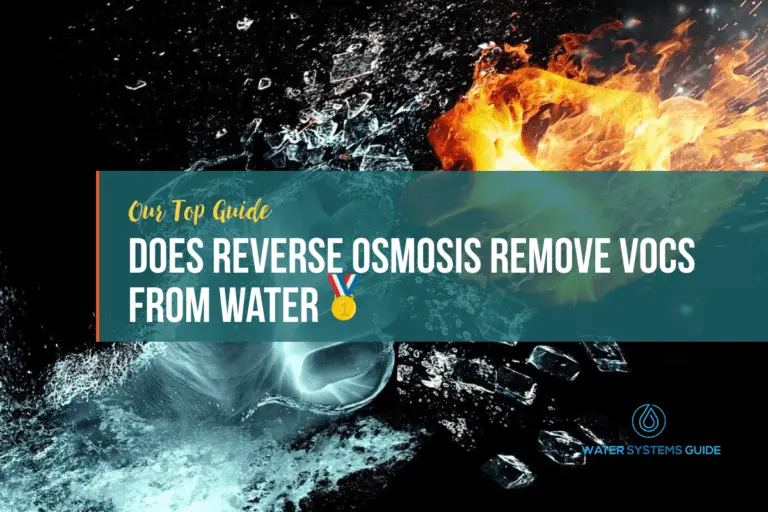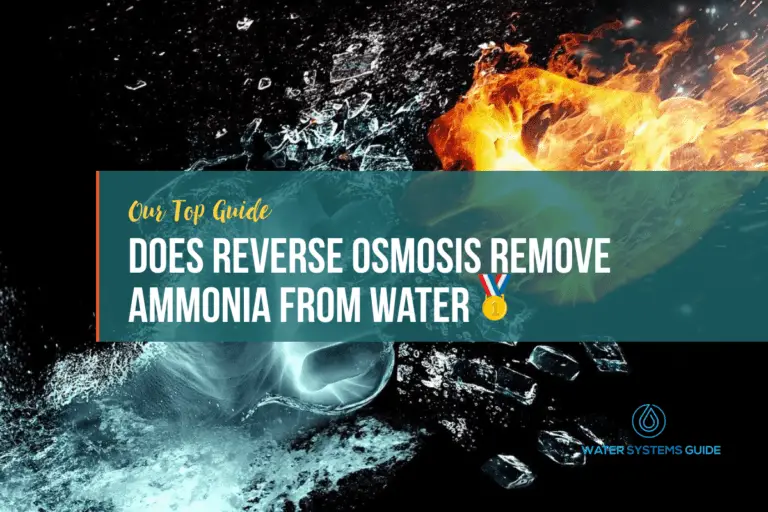Does Reverse Osmosis Remove PFOS From Drinking Water
How Does Reverse Osmosis Work?
What is PFOS and where is it used?
PFOA is an acronym for perfluorooctanoic acid. It is a man-made, fluorinated organic chemical compound, belonging to a group of perfluoroalkyl sulfonic acids.
It has been used in a variety of industrial and commercial applications since the 1940s, including as a surfactant and Stainmaster carpet protector. PFOA is persistent in the environment and has been found in the blood of people and animals around the world. It is classified as a “likely human carcinogen” by the US Environmental Protection Agency (EPA).
Although this carcinogen is no longer manufactured or used in the United States, but it may still be found in some older products and in the environment.
How Does PFOS Enter Our Municipal Water Supplies?
PFOS is a persistent organic pollutant, meaning it does not break down easily in the environment. It can enter our municipal water supplies through a number of ways, including:
– Leaching from factory sites or landfills
– Discharges from manufacturing plants
– Sewage and wastewater effluent
– Stormwater runoff
Once in our water supplies, it can remain there for years, as it is resistant to both degradation and treatment. This means that it can continue to pollute our water long after it has been released into the environment.
Once in the water supply, PFOA can travel long distances and contaminate drinking water wells.
PFOS’ Impact on Human Health
Although it is no longer manufactured in the United States, it is still found in some imported products.
Studies in both animals and humans have shown that PFOS can cause adverse health effects, including liver damage, thyroid problems, and reproductive and developmental toxicity.
Does Reverse Osmosis Remove PFOS?
Reverse osmosis is a process that is used to remove contaminants from water. This process can remove PFOS from water.
Fortunately, high-pressure membranes (such as nanofiltration and RO) can be effective at reducing PFOA levels in water.
What Does Reverse Osmosis Remove?
A reverse osmosis filter system also removes other contaminants from water, including fluoride, chloride, calcium, arsenic, chloramine, heavy metals, pesticides, and pharmaceuticals.
Unfortunately, RO does remove healthy minerals in water, such as magnesium, sodium, potassium, and calcium
While most municipal water supplies in the United States are required to meet strict safety standards set by the Environmental Protection Agency (EPA), trace amounts of these and other contaminants can still end up in tap water. That’s why many people use reverse osmosis filtration systems to further purify their drinking water.
How Can Your Remove PFOS From Water?
There are a few ways that you can go about removing PFOS and other harmful contaminants from your water supply. One way is to use a water filter.
According to the Environment Protection Agency, the most effective ways include using granular activated carbon, ion exchange resins, and high-pressure membrane systems.
When it comes to using a high-pressure membrane, this can be through RO or nanofiltration, we’ve included some specific information from the EPA regarding this:
“High-pressure membranes, such as nanofiltration or RO, have been extremely effective at removing PFAS (PFOA & PFOS). Reverse osmosis membranes are tighter than nanofiltration membranes. This technology depends on membrane permeability. A standard difference between the two is that a nanofiltration membrane will reject hardness to a high degree, but pass sodium chloride; whereas reverse osmosis membrane will reject all salts to a high degree. This also allows nanofiltration to remove particles while retaining minerals that RO would likely remove.”
Whatever method you choose, if you’re purchasing a product/system, it’s important to confirm with the manufacturer that it does indeed filter out PFOS.
How Do I Know If My Water Is Contaminated With PFOS?
There are a few ways to test for the presence of PFOS in your water. The most common method is to have your water tested by a certified lab.
You can also look for signs of contamination, such as an unusual taste or odor in your water, or staining on your plumbing fixtures.
If you suspect that your water may be contaminated with PFOS, contact your local water utility or health department for more information.
Conclusion
In conclusion, does reverse osmosis remove PFOS compounds? Yes, it does, alongside a few of the other methods described above.
Therefore, if you’ve tested your water supply and know that there is PFOS present, it’s recommended to use one of the following solutions, which include granular activated carbon, ion exchange resins, and high-pressure membrane systems (nanofiltration or RO). All of which are designed specifically to remove PFOS from drinking water.

